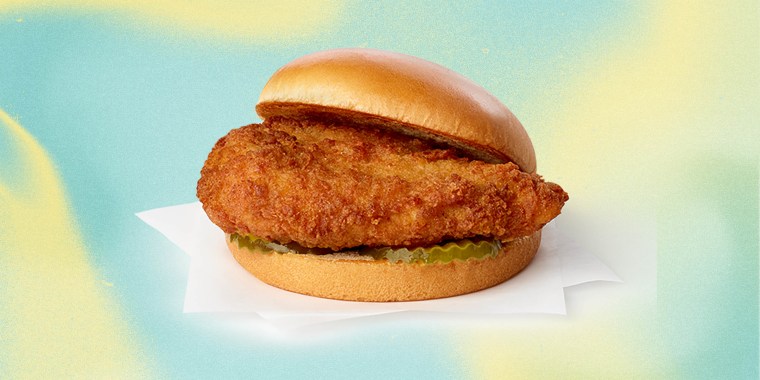Chick-fil-A announced over the weekend that it would no longer keep its chickens completely antibiotic-free, reversing course on a commitment it made 10 years ago.
“To maintain supply of the high-quality chicken you expect from us, Chick-fil-A will shift from No Antibiotics Ever (NAE) to No Antibiotics Important To Human Medicine (NAIHM) starting in the Spring of 2024,” Chick-fil-A wrote on its website in a post titled, “Our chicken commitment.”
The announcement goes on to explain the difference between the two antibiotic regulations, explaining that NAE means no antibiotics of any kind are used to raise its livestock. In contrast, NAIHM restricts “the use of those antibiotics that are important to human medicine and commonly used to treat people,” which allows use of animal antibiotics if an animal and/or those around it get sick.
We reached out to Chick-fil-A, who explained its reasoning for the change.
“As we looked to the future, the availability of high-quality chicken that meets our rigid standards became a concern,” a Chick-fil-A spokesperson tells TODAY.com. “This change enables us to not only ensure we can continue to serve high-quality chicken, but also chicken that still meets the expectations our customers count on us to deliver.”
Back in 2014, Chick-fil-A announced that it planned to serve chicken raised without antibiotics in all Chick-fil-A restaurants nationwide within five years, succeeding in that promise in 2019. Chipotle also shared in that effort, noting in 2021 that most of its pork and all of its beef and chicken were antibiotic-free.
Similar news hit the supermarket aisle last year when Tyson Foods, who announced in 2017 that all its consumer brand products would feature NAE chicken, also changed its policy on antibiotics in July 2023, saying that it was switching to NAIHM.
Online reaction to Chick-fil-A’s news has been mixed, with some people on social media sharing their surprise that the chicken chain was “going back on their no antibiotics ever commitment” and vowing never to return. On the other hand, some supported the change, with one writing, “This is good news. Healthier chickens, you’d want an antibiotic if you needed one, why deprive a chicken of an antibiotic?”
What to know about antibiotics in meat
“Once a disease is identified, it’s usually too late, it’s already spread. If we think about this, in the context of large producers, like Tyson Meats and others, we’re talking about hundreds of millions of birds,” Elad Tako, Ph.D, an associate professor of food science at Cornell University tells TODAY.com. Tako further explains that poultry producers and suppliers use antibiotics as a proactive measure to reduce the chance that disease will develop in their flocks.
“This, of course, presents an issue because it can also increase the threat of antibiotic resistance to public health,” Tako says. “If certain strains are developing resistance to these antibiotics that are constantly there, that means it gets to our food chain.”
The use of antibiotics in animals at any time during their lifecycle — from egg to slaughter —contributes to the risk of superbugs and harmful bacteria that can cause deadly illnesses in humans who eat them, experts say. The World Health Organization revised its guidelines on antibiotic usage for animals being raised for human consumption in 2017.
In its guidelines, the WHO explained that “antimicrobials used in food-producing animals are identical, or closely related, to antimicrobials used in humans,” which contributed to its decision to create these guidelines.
Still, the term “No Antibiotics Important To Human Medicine” a.k.a. NAIHM may be a head-scratching one to most. But Tako explains that the guideline aims to ensure that any antibiotics used to treat conditions in humans won’t be used to feed livestock.
“The reason is that we don’t want to create resistance, or development of resistant strains towards antibiotics because they’re used to treat certain conditions in humans,” he says, adding that the poultry industry in the U.S. is much larger relative to European countries that have stricter regulations.
“People want to know what they’re eating,” Tako says. “Where is it coming from? If we’re talking about animal protein, how was it grown? People want to know.”

